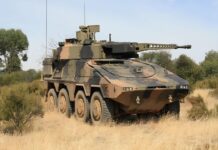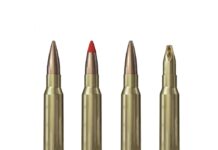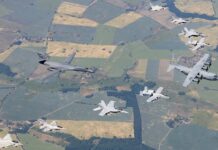The defence ministers of Belgium and Luxembourg, respectively Ludivine Dedonder and François Bausch, have signed a co-operative agreement on the establishment of a joint reconnaissance battalion. The accord was announced by Dedonder on her LinkedIn page on 15 June 2023.
The agreement follows the signing, in October last year, of a declaration of intent concerning the locations for the new battalion. Specifically, the battalion is planned to reach a strength of 700 soldiers, with an initial establishment centred in Marche-en-Famenne in Belgium and additional facilities to be established in Arlon in Belgium and Diekirch in Luxembourg. Current plans foresee the battalion becoming fully operational by 2030.
This form of international co-operation is not new to the two neighbouring nations. In 2001 Belgium and Luxembourg signed a bilateral agreement to jointly purchase seven Airbus A400M transport aircraft for Belgium and one for Luxembourg. With the delivery of the Luxembourgian aircraft in 2020, the Belgian-Luxembourgish Binational Air Transport Unit came into operation to jointly manage and operate the A400M fleet.

On the Belgian side the joint reconnaissance battalion will be further integrated with the ‘Capacités Motorisée’ (CaMo) project, which is another binational effort, in this case between Belgium and France. The aim of the CaMo partnership is to ensure increased co-operation and interoperability between the Belgian and French armed forces, allowing them to integrate as seamlessly as possible in each other’s operations. The CaMo agreement also served as a vessel for Belgium to procure French-made VBMR Griffon multi-role armoured vehicles and EBRC Jaguar armoured reconnaissance and combat vehicles.
Co-operative efforts such as the Belgo-Luxembourgian joint reconnaissance battalion make sense, especially for smaller nations that might find it challenging to dedicate the required resources to manage certain projects on their own. Also, such initiatives will help to create and highlight further areas of potential co-operation. Although none have been specifically mentioned by either nation, these could presumably include the joint procurement and maintenance of reconnaissance vehicles and equipment.
Last, but certainly not least, in the new security environment in Europe increased co-operation and interoperability is of the greatest importance, both on the above-mentioned practical level and as a political signal to allies and potential adversaries alike.
Thomas Lauge Nielsen












